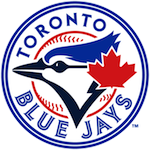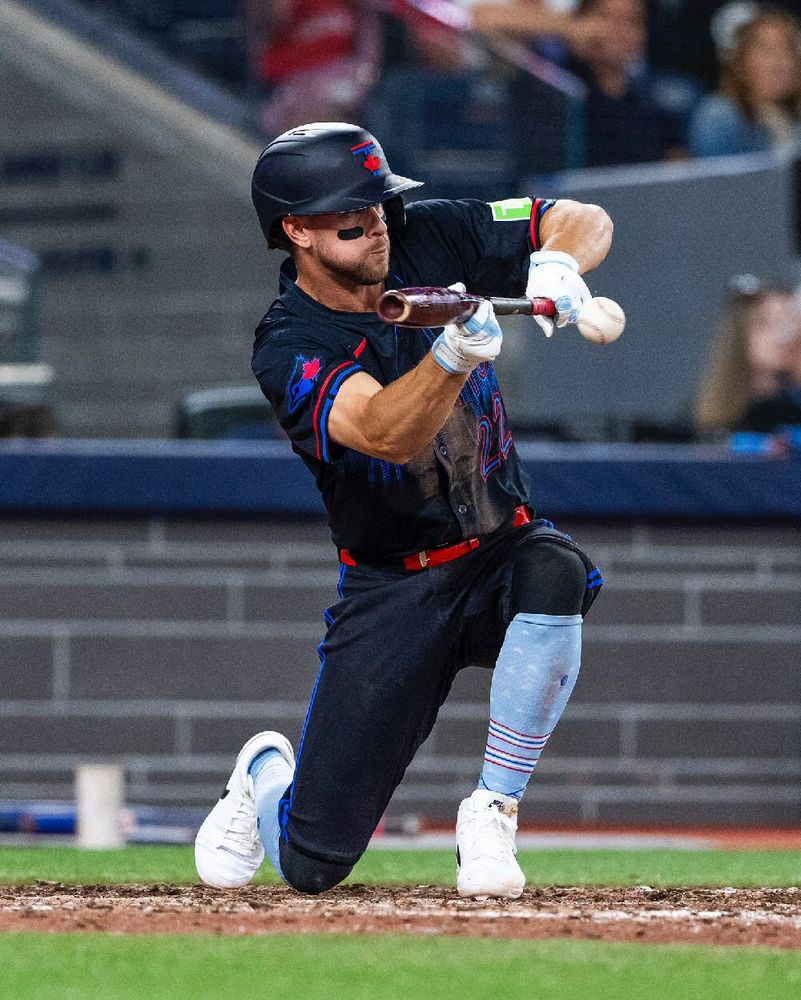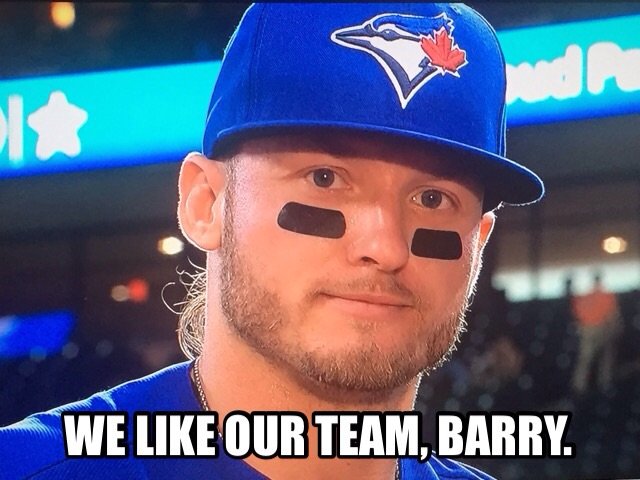This is fun. Keep it up?
So. In the second Yankees thread, PeteyBaseball posted this:
I don’t understand MLB’s scheduling. The All-Star break should be closer to the mid point of the season. We’ll be at almost 100 games by the time next Sunday rolls around.
So yes, dear reader. I looked up the date of every All-Star Game, since 1933. And then I looked up on which date the season began, so I would know exactly how many days had passed between Opening Day and the All-Star Game. And then I took a random team - let's call them the Cincinnati Reds - and checked to see how many games they had played by the All-Star Break. And you know what?
They always play the All-Star Game in July, but they've moved Opening Day back further and further as the years have gone by.
The very first All-Star Game was played on 6 July 1933, and that's still the earliest date ever for an All-Star Game (they've done it that early five times now.) Opening Day was on 12 April that year, and in the 85 days between Opening Day and the All-Star Game, Cincinnati had played 76 games, almost exactly half of their 154 game schedule. This year's game - like last year's - comes 111 days after Opening Day. That is the longest period ever between Opening Day and the All-Star Game, and Cincinnati will have played 97 games when it comes around. You will notice that this year's schedule gives them 14 off days in the first half; in 1933 they appear to have just 9. They actually had quite a few more; because they played 15 double-headers in the first half of the season, they really had 24 off days. As late as 1961, the Reds had 11 first-half double-headers. The scheduled double-header is an endangered species in the modern game.
Matchups
Fri 4 July - Hendricks (5-6, 4.66) vs Lauer (4-1, 2.60)
Sat 5 July - Kochanwiza (3-8, 5.44) vs Scherzer (0-0, 4.85)
Sun 6 July - Anderson (2-5, 4.12) vs Gausman (6-6, 4.18)
So. In the second Yankees thread, PeteyBaseball posted this:
I don’t understand MLB’s scheduling. The All-Star break should be closer to the mid point of the season. We’ll be at almost 100 games by the time next Sunday rolls around.
And I thought - well, I think I know why this happens. They always play the All-Star Game in July, but they've moved Opening Day back further and further as the years have gone by. (Presumably because you now need more than ten days for the post-season.
But then I thought - well, is this actually true?
So yes, dear reader. I looked up the date of every All-Star Game, since 1933. And then I looked up on which date the season began, so I would know exactly how many days had passed between Opening Day and the All-Star Game. And then I took a random team - let's call them the Cincinnati Reds - and checked to see how many games they had played by the All-Star Break. And you know what?
They always play the All-Star Game in July, but they've moved Opening Day back further and further as the years have gone by.
The very first All-Star Game was played on 6 July 1933, and that's still the earliest date ever for an All-Star Game (they've done it that early five times now.) Opening Day was on 12 April that year, and in the 85 days between Opening Day and the All-Star Game, Cincinnati had played 76 games, almost exactly half of their 154 game schedule. This year's game - like last year's - comes 111 days after Opening Day. That is the longest period ever between Opening Day and the All-Star Game, and Cincinnati will have played 97 games when it comes around. You will notice that this year's schedule gives them 14 off days in the first half; in 1933 they appear to have just 9. They actually had quite a few more; because they played 15 double-headers in the first half of the season, they really had 24 off days. As late as 1961, the Reds had 11 first-half double-headers. The scheduled double-header is an endangered species in the modern game.
How late can the All-Star game get? Well, in the early 1970s, we had three consecutive All-Star games played in very late in July. The latest of all (if we ignore 1981, which I've been attempting to do since.... well, since 1981) was the 1972 game, played on 25 July. We should immediately remember that that too was a season shortened by a strike, this one in April, which got things off to a later start than usual. But for some reason the 1973 All-Star game was played on 24 July and the 1973 game was played on 23 July. Both times it was 110 days since Opening Day, and Cincinnati had played 99 games by the 1973 break and 98 games by the time the 1974 game was played. That's still the largest portion of their schedule coming before the break since they began playing the mid-summer classic. Those two seasons - 1973 and 1974 - are the only times Cincinnati has played 60% of their schedule before the break. But they're getting pretty close to matching it.
The most common date for the All-Star Game? It's 13 July (14 times); 10 July (10 times) and 11 July (yes, 11 times!) are the next most common. If you were to work out the average date... it would be 12 July.
And now we know!
The Blue Jays get their first look at Mike Trout and his friends this
weekend. The 2025 Angels are certainly better than last year's group,
which lost 99 games. They've actually crawled back up to even .500, by
winning 7 of 10 since Ron Washington stepped away for health reasons.
I don't think they're as good as their record. You probably look at their run differential and agree with me. I, of course, care little for that. Me, I looked at the Angels 16-8 record in the close games and said - "Ah-ha! Luck has been on their side!"
I don't think they're as good as their record. You probably look at their run differential and agree with me. I, of course, care little for that. Me, I looked at the Angels 16-8 record in the close games and said - "Ah-ha! Luck has been on their side!"
The Blue Jays, incidentally have gone 13-10 in one-run games, which is about what we should expect from a team that's gone 36-28 in their other games. It means they have a Run Differential of +3 in the one-run games, because that's how one-run games work. They've gone 11-14 in the blowouts, with a Run Differential there of -19. So in those 48 games, the team has gone 24-24, scoring 221 and allowing 237 (-16.) In their other 39 games, they've gone 25-14, scoring 180 runs and allowing 155.
Basically, they give up more runs when they lose.
The Angels have a middle of the pack offense,
thanks mostly to Mike Trout and a couple of the outfielders. It's the
run prevention that has been decidedly mediocre. Old chum Yusei Kikuchi
has pitched very well for them, albeit to little reward. He won't be
pitching this weekend. We will see veterans Tyler Anderson and Kyle
Hendricks, the long-time Cub. Presumably, they're around to provide
veteran savvy, eat a few innings, and buy time for the prospects. I dunno. Do they actually have prospects?
Matchups
Fri 4 July - Hendricks (5-6, 4.66) vs Lauer (4-1, 2.60)
Sat 5 July - Kochanwiza (3-8, 5.44) vs Scherzer (0-0, 4.85)
Sun 6 July - Anderson (2-5, 4.12) vs Gausman (6-6, 4.18)






